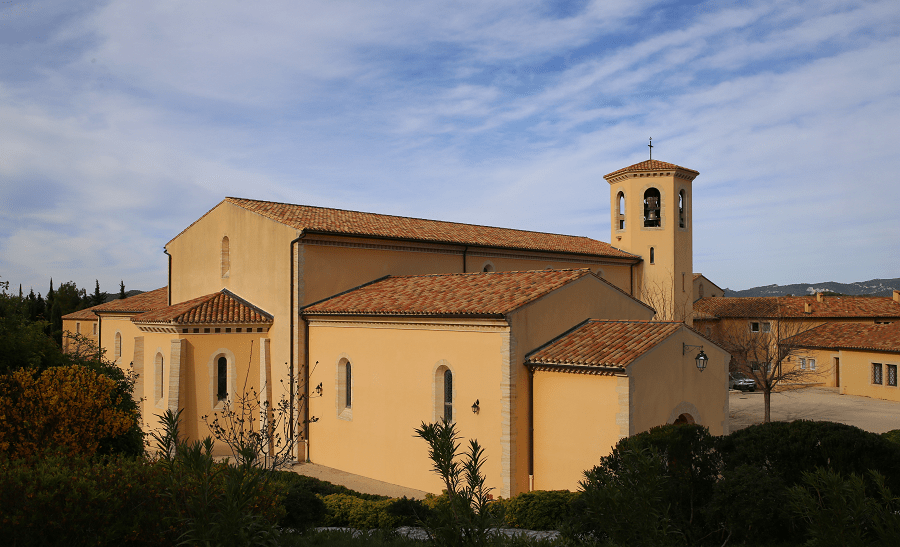The Vauban fortifications are a group of twelve sites in France that have been included on UNESCO’s World Heritage List since 2008. The network of major Vauban sites is an association of towns created on March 30, 2005 at the initiative of the town of Besançon.
It brings together the twelve most representative sites of the fortification system built by the military architect Vauban and aims to promote and register Vauban’s remarkable work on UNESCO’s World Heritage List. On January 5, 2007, the application was selected by the French Ministry of Culture to represent France. On July 7, 2008, 12 of the network’s 14 sites were added to the list at UNESCO’s annual meeting in Quebec City.
Sébastien Le Prestre, Seigneur of Vauban, later styling himself as the Marquis de Vauban (baptised 15 May, 1633 – 30 March, 1707), commonly referred to as Vauban, a French military engineer and marshal of France, worked under Louis XIV. He is generally considered the greatest engineer of his time and one of the most important in European military history.
His principles for fortifications were widely used for nearly 100 years, while aspects of his offensive tactics remained in use until the mid-twentieth century. He viewed civilian infrastructure as closely connected to military effectiveness and worked on many of France’s major ports, as well as projects like the Canal de la Bruche, which remains in use today. He founded the Corps royal des ingénieurs militaires, whose curriculum was based on his publications on engineering design, strategy and training.
12 sites
The Vauban Citadel, located in Arras, Pas-de-Calais, was built by Vauban from 1667 to 1672. The Citadel has been nicknamed “la belle inutile” (the beautiful useless one) by residents as it has never been directly involved in heavy fighting and, ultimately, failed to prevent the Germans from occupying the city in either World War.
The Citadel of Besançon, in Besançon, Doubs, is considered one of Vauban’s finest works of military architecture. The Citadel occupies 11 hectares (27 acres) on Mount Saint-Etienne, one of the seven hills that protect Besançon, the capital of Franche-Comté. Mount Saint-Etienne occupies the neck of an oxbow formed by the river Doubs, giving the site a strategic importance that Julius Caesar recognised as early as 58 BC.
The citadel of Blaye, city walls, Fort Paté and Fort Médoc are located in Blaye-Cussac-Fort-Médoc, Gironde. The citadel at Blaye was built between 1686 and 1689, and the neighboring Fort Paté and Fort Médoc were built from 1689 -1700. The juxtaposition of these three sites across the Gironde estuary helped to protect Bordeaux in case of a possible sea invasion.
Briançon, Hautes-Alpes site contains a town wall, four forts (including the Fort des Trois-Têtes and Fort du Randouillet), the Redoute des Salettes, the ouvrage de la communication Y, as well as the Asfeld Bridge. The medieval town wall was reconstructed by Vauban between 1692 and 1700, the forts were built according to his specifications between 1709 and 1732, the communications tower between 1724 and 1734 and Asfeld Bridge between 1729 and 1731.
The Tour Vauban, also known as the Tour dorée (meaning “gilded tower”) is in Camaret-sur-Mer, Finistère. It is an 18m-high polygonal defensive tower built from 1693 to 1695 using a plan by Vauban on the Sillon at Camaret-sur-Mer, as part of the fortifications of the Goulet de Brest. It has three levels and is flanked by walls, a guardhouse and a gun battery that can hold 11 cannons, as well as a cannonball foundry added in the French Revolution period.
The Ville Neuve (“New City”) is located in Longwy, Meurthe-et-Moselle. Starting in 1679, the new town, which has a hexagonal shape with a regular layout surrounding a square parade ground and flanked by bastions, was designed and built by Vauban. It. Although the town was mostly destroyed due to repeated sieges, many elements of the military architecture still remain.
Place Forte, Mont-Dauphin is located in Mont-Dauphin, Hautes-Alpes. Built by Vauban in 1692 on the head of a plateau, it follows an orthogonal plan and contains various military buildings dating from the 16th through 18th centuries.
The citadel and city walls of Mont-Louis are located in Mont-Louis, Pyrénées-Orientales and were built in 1679 in order to facilitate trans-border crossings with Spain. They contain a square citadel and fortified town walls with 25 sentry posts.
The ville neuve in Neuf-Brisach, Haut-Rhin is located close to the German border with France. Built from scratch between 1698 and 1703, it is one of Vauban’s last works, intended to guard the border with Germany (then the Holy Roman Empire). It is the only example of Vauban’s “third fortified system,” with a double town wall.
Citadel and city walls, Saint-Martin-de-Ré, was designed by Vauban between 1681 and 1685 and are located in Saint-Martin-de-Ré, Charente-Maritime. The citadel, ringed by six bastions and a dry moat, was built in only 40 days.
Two watchtowers designed by Vauban and his student are located in the commune of Saint-Vaast-la-Hougue, Manche. They face each other across the Saint-Vaast Bay, with the taller, two-story watchtower located on the island of Tatihou. Built in 1694, the watchtowers have a truncated, conical shape and are surrounded by a bastion fort containing chapels, barracks and powder magazines.
Fort Libéria, Cova Bastera, and the city walls of Villefranche-de-Conflent, Pyrénées-Orientales, are also part of the world heritage site. Vauban’s alterations to the town wall began in 1669, Fort Libéria was built in 1679 and the Cova Bastera was installed after Vauban’s death, in 1707.
See here Pyrenees travel guide
See here France travel guide
See here Spain travel guide











